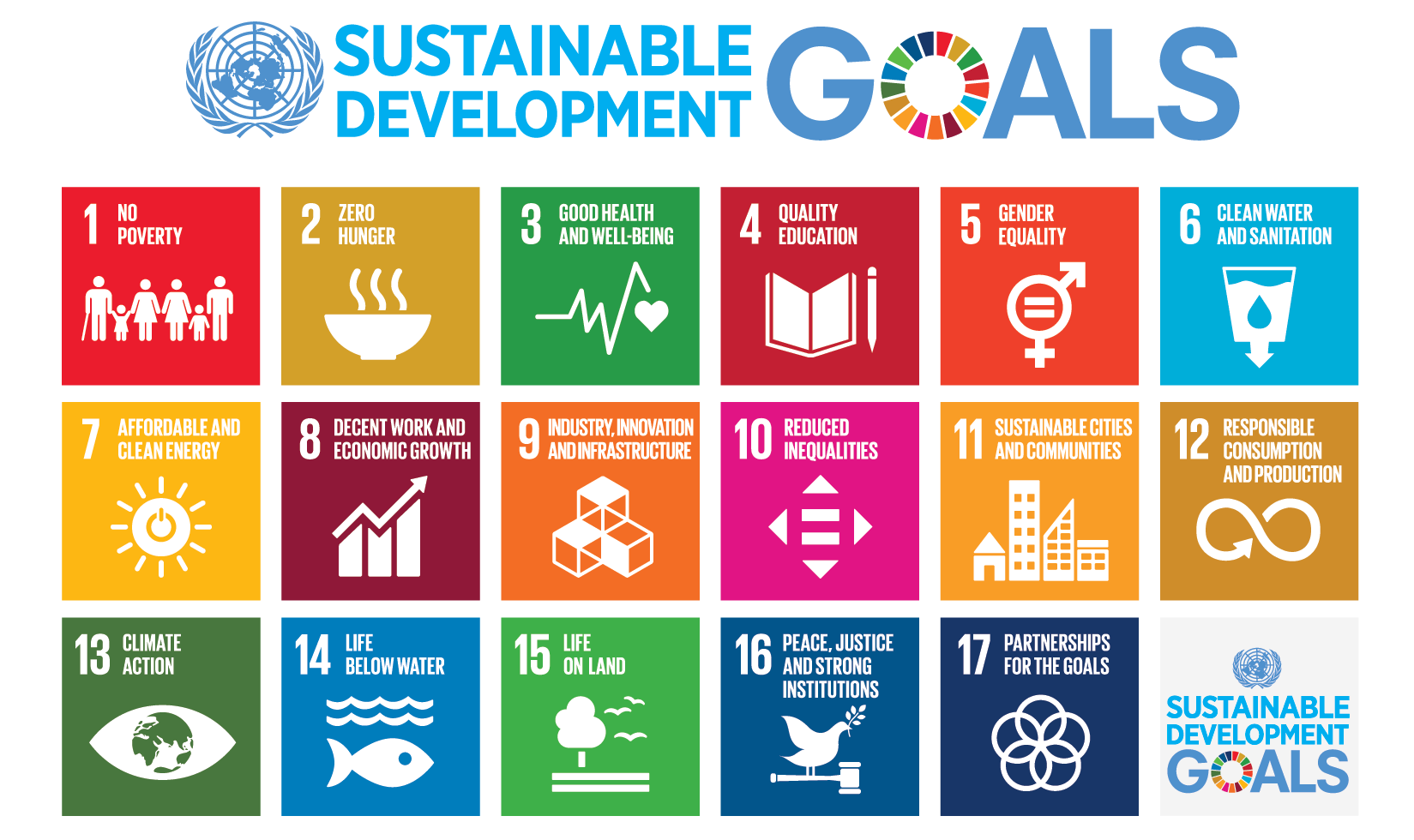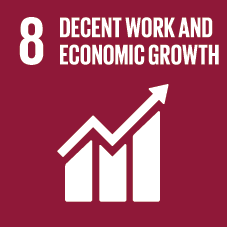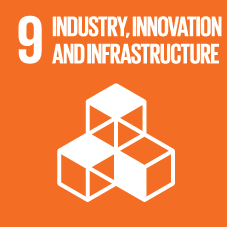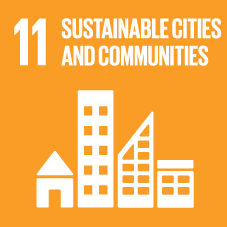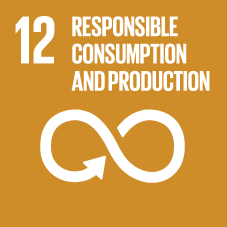City logistics
Billbrook
City logistics site in Hamburg-Billbrook
In the middle of the established logistics hotspot Hamburg-Billbrook, we are developing a sustainable and future-ready city logistics site that creates space for modern, flexible uses. The focus is on ESG-driven revitalization, sustainable energy supply and an optimized layout for logistics, e-commerce and urban production. The property complements our activities in Billbrook – another milestone for our sustainable urban logistics strategy after BROOKKAMP.
Year of Construction/refurbishment:
1995 / 2012
Site area:
10.555 sqm
Rental Area:
7.302 sqm
Location:
Porgesring 22, 22113 Hamburg
Hall height
3,20 m – 11,20 m
Parking spaces
28
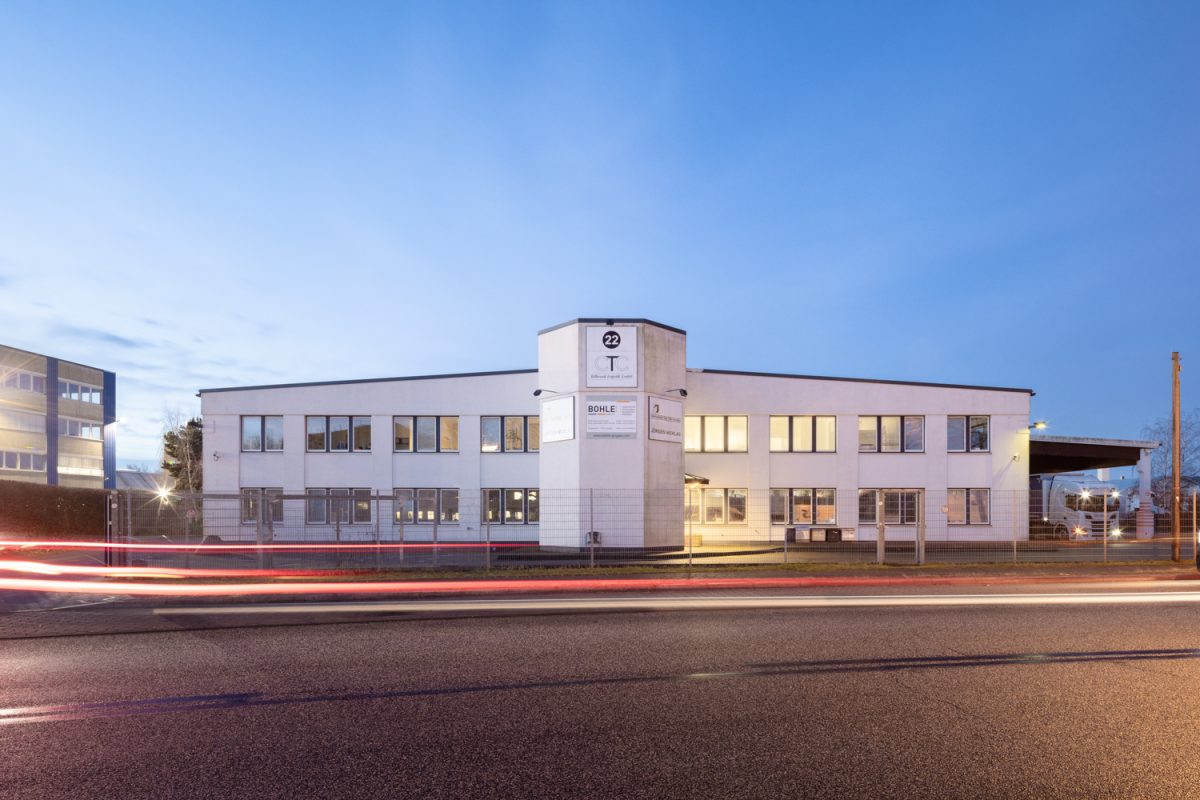
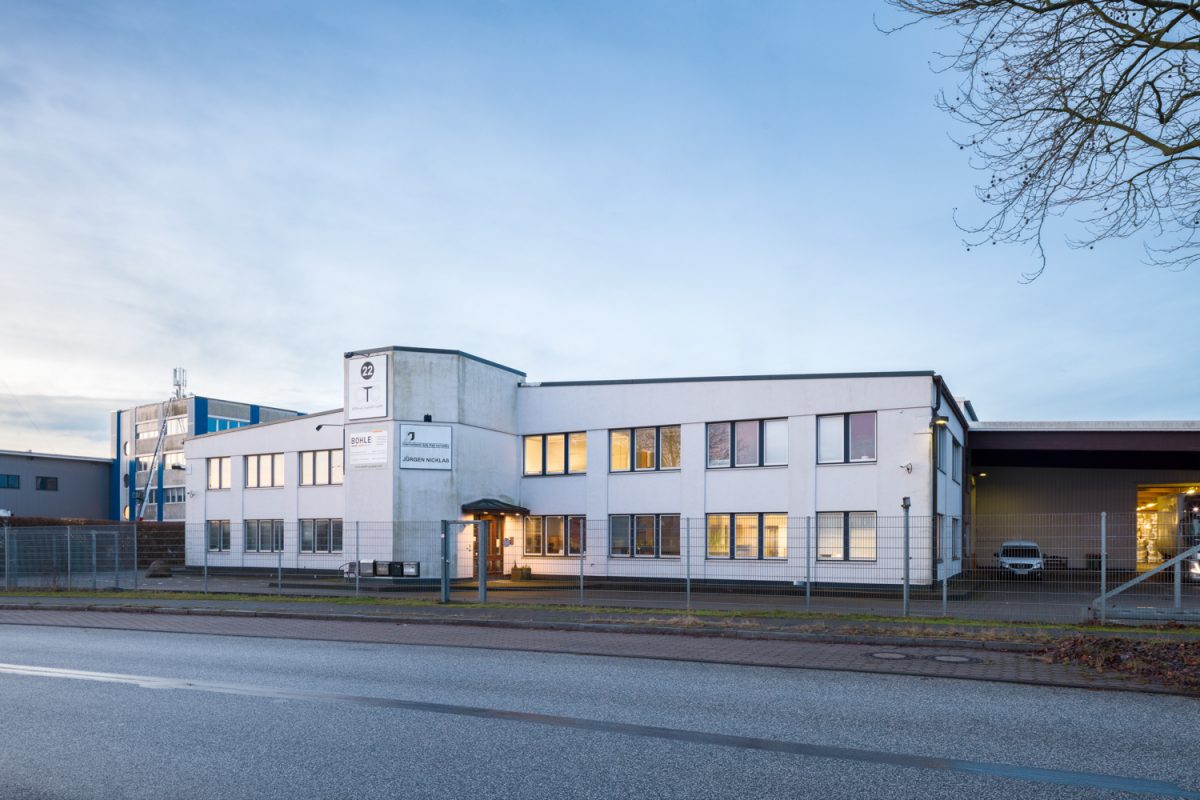
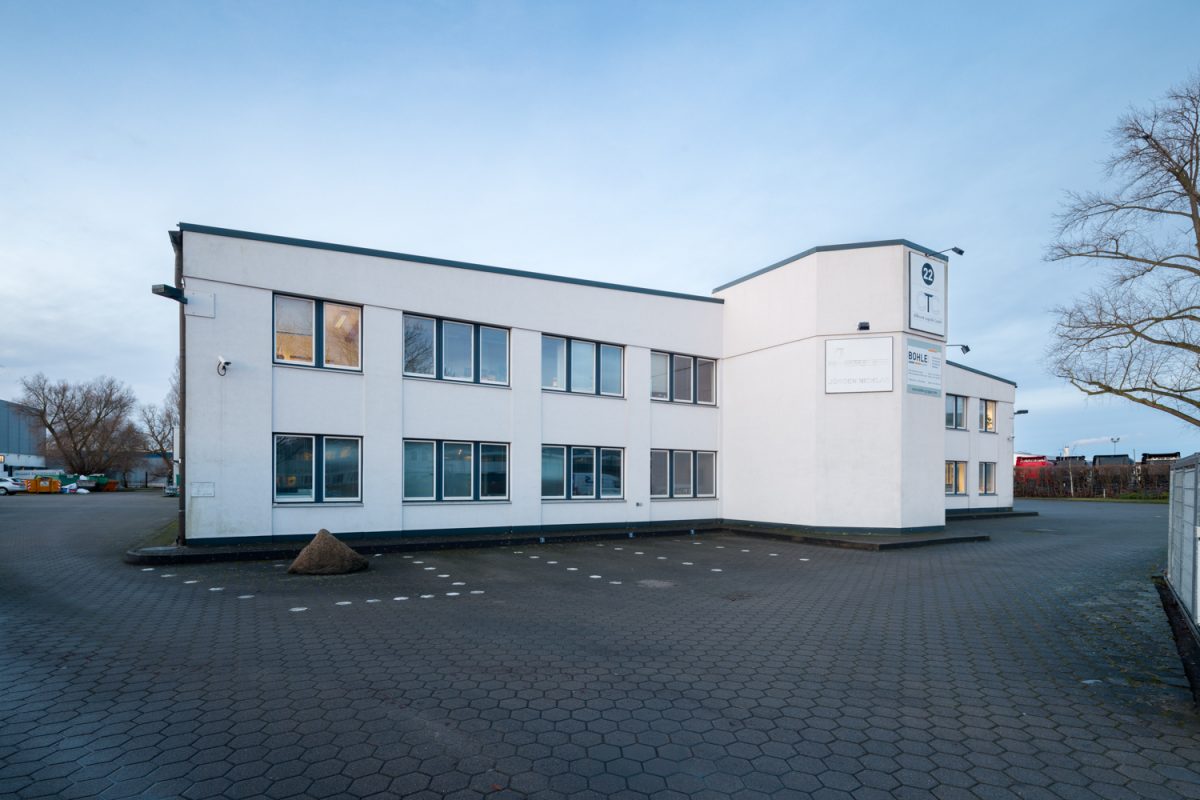
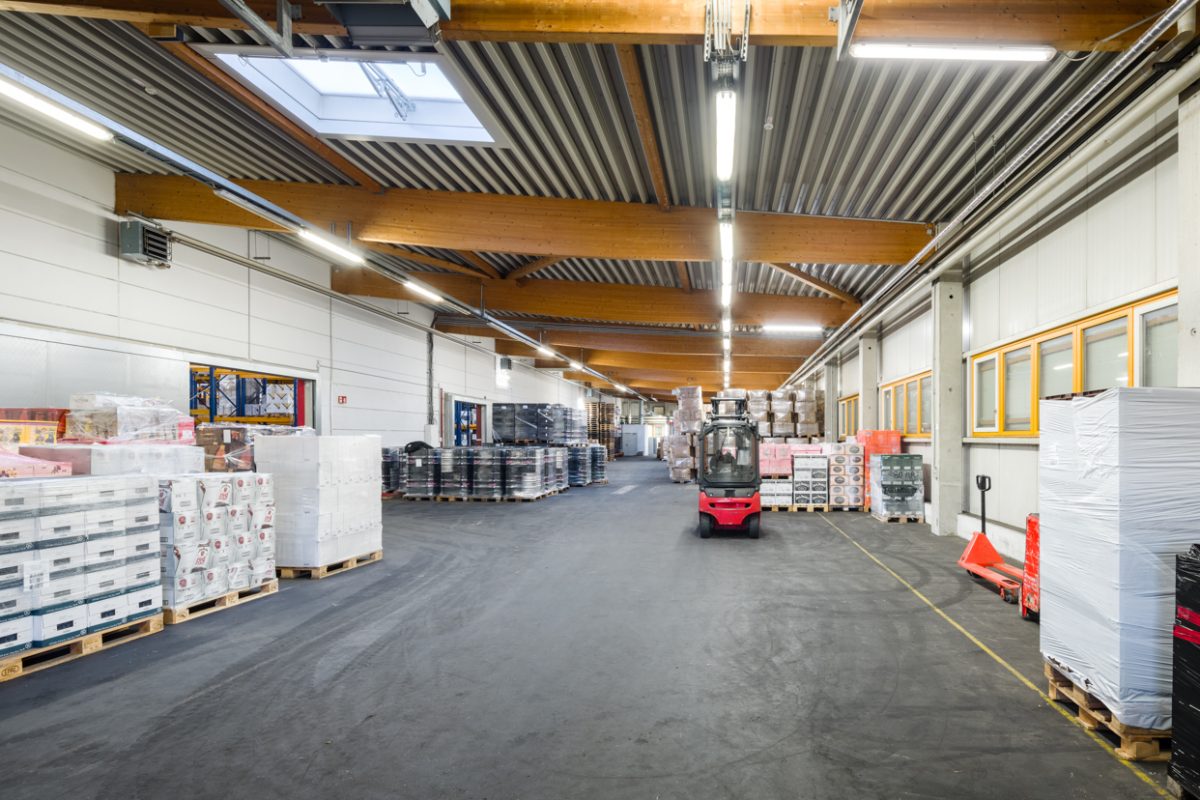
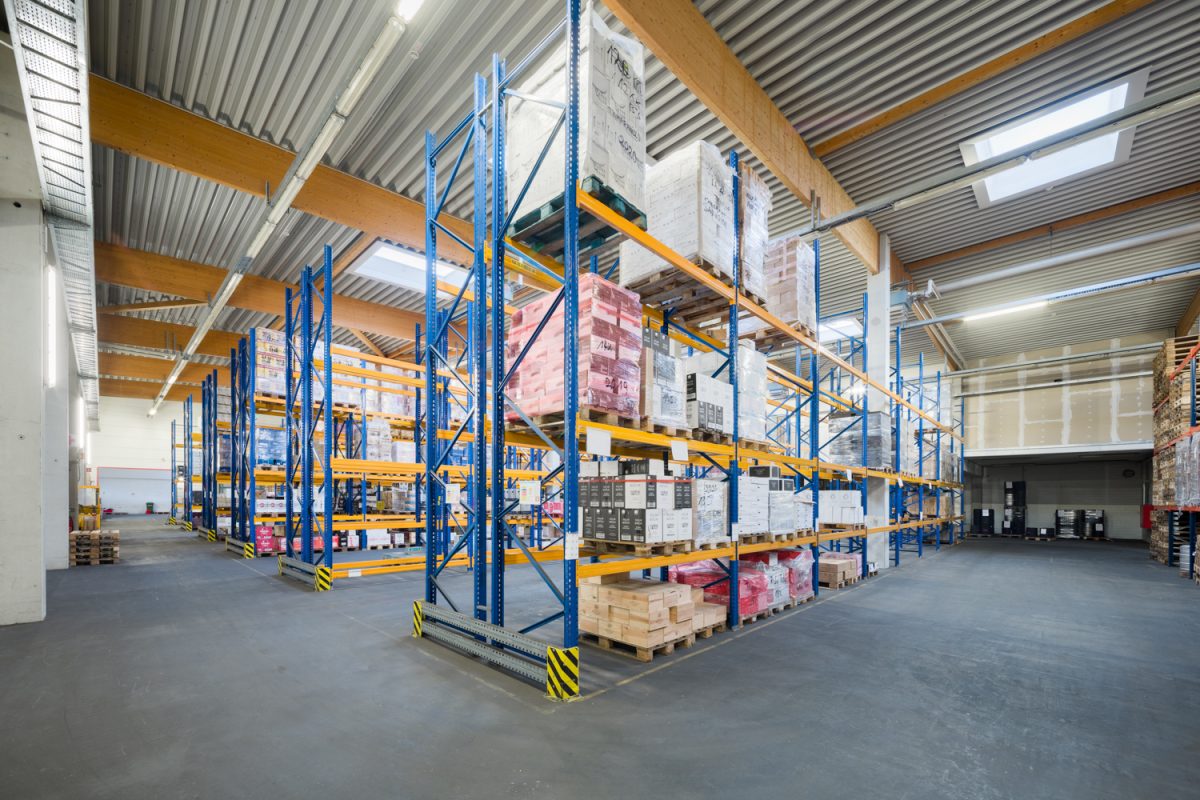
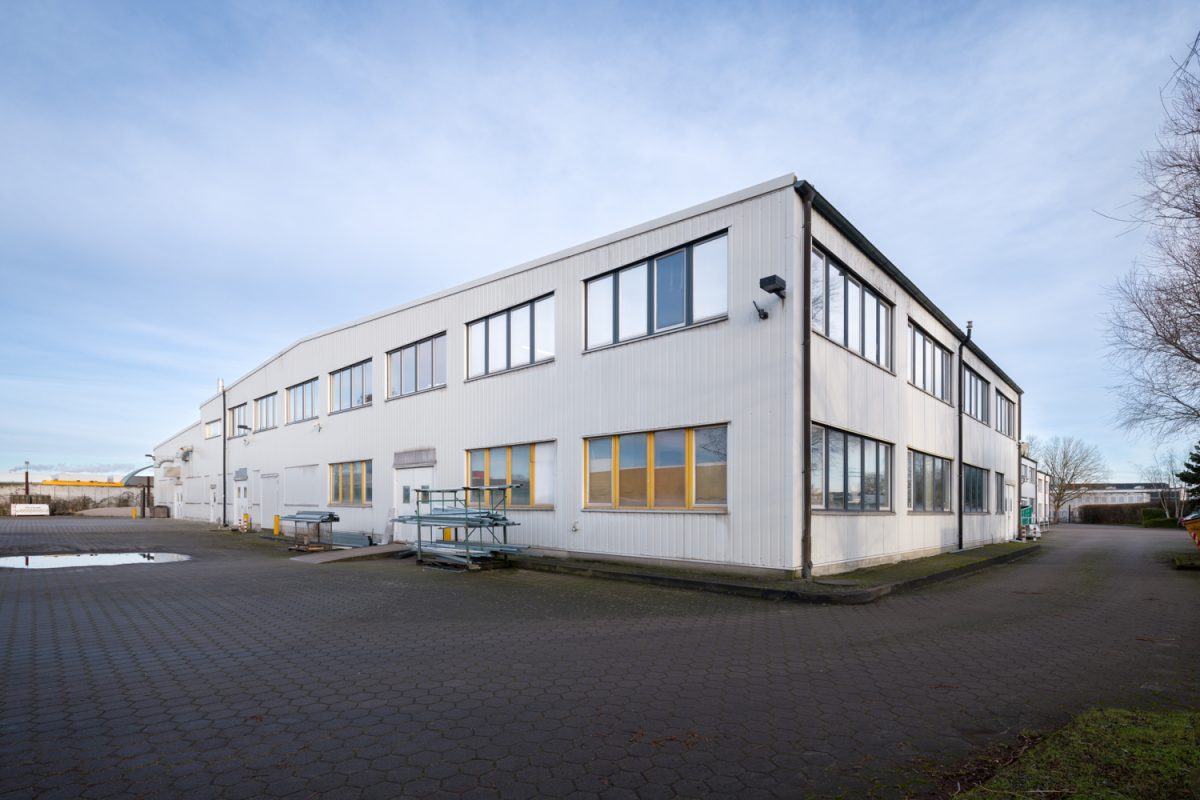
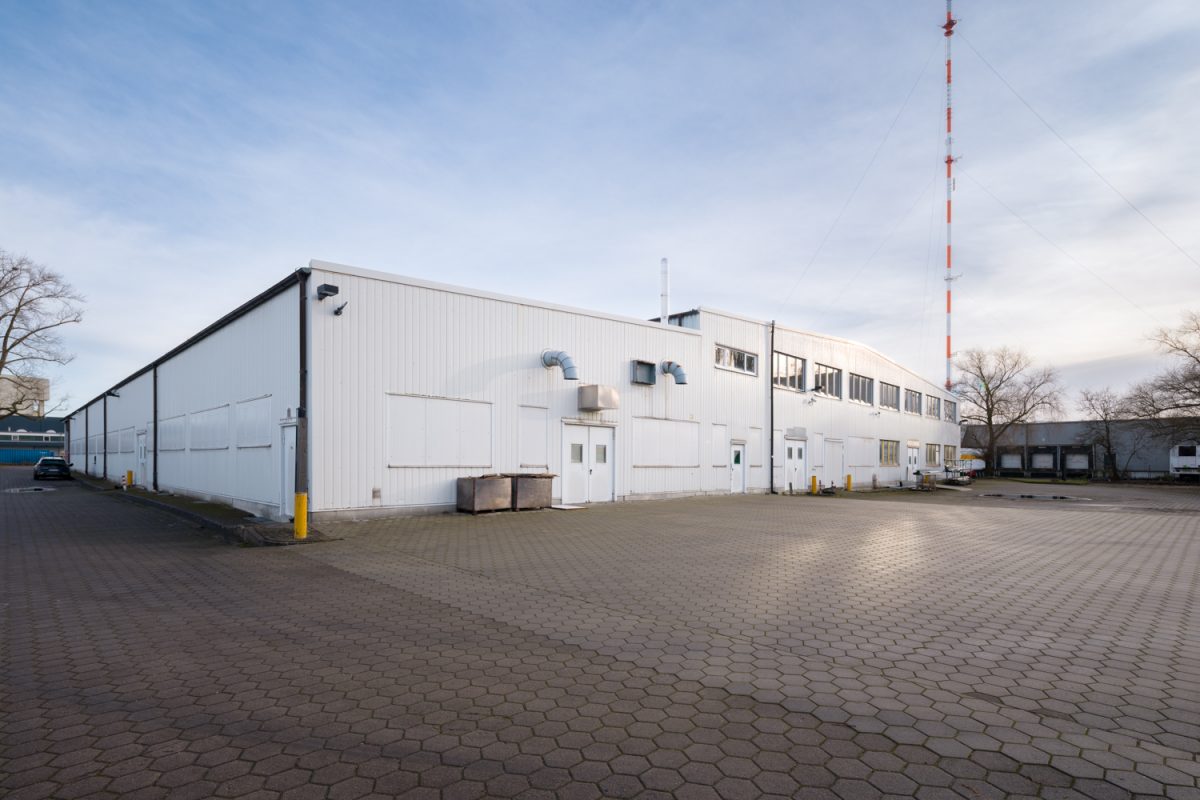
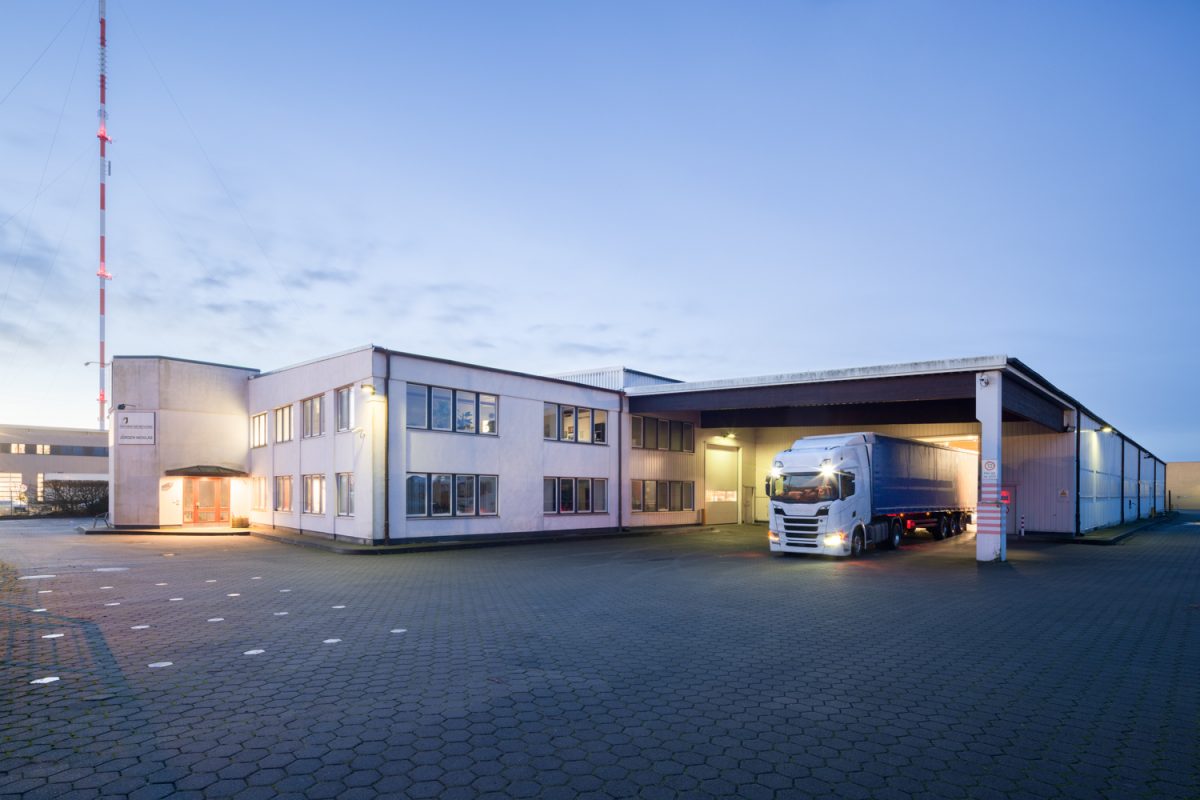
Location and Connection
The logistics building is located in the Billbrook industrial estate, Hamburg’s second largest commercial location. Following our successful BROOKKAMP project development, this is INBRIGHT’s second development in this sought-after area.
- Optimal transport connections: Direct connection to the A1 highway for interregional transportation
- Other highways: A24 and A25 can be reached in less than 10 minutes
- Proximity to the Port of Hamburg – ideal for logistics-intensive uses
- Public transport connections: approx. 30 minutes to Hamburg Central Station
- Neighborhood: Hermes, STILL, Group7 and others.
History
The property was originally built as a joinery and was converted into a contemporary logistics property in 2012. Thanks to its excellent connections and flexible floor space layout, the location, which was acquired by INBRIGHT and Patron Capital at the end of 2024, is particularly suitable for companies in the logistics, e-commerce, retail and urban production sectors.
Project status & ESG-Strategy
January 2025 saw the start of the revitalization of the property, with ESG measures at its core:
- Roof renovation & conversion of the heat supply to renewable energies
- Increased energy efficiency through new electrical systems, modern LED lighting & motion detectors
- Flexible multi-tenant structure – enables a wide variety of usage concepts and thus increases multi-tenant adaptability.
Contact
Dajana Morasch
Project manager
INBRIGHT Development GmbH
Erasmusstraße 14
10553 Berlin
Tel.: +49 30 403 686 2-0
E-Mail: dm@inbright.de


